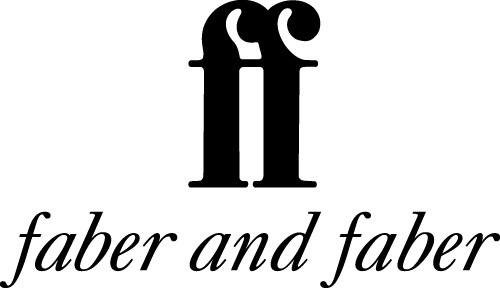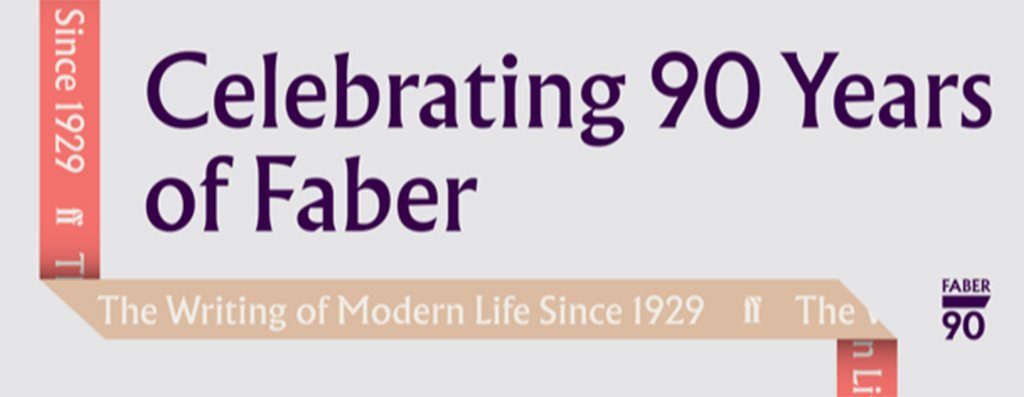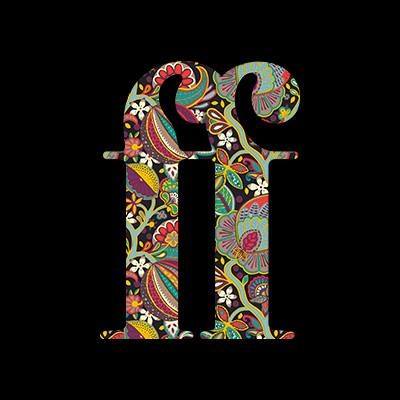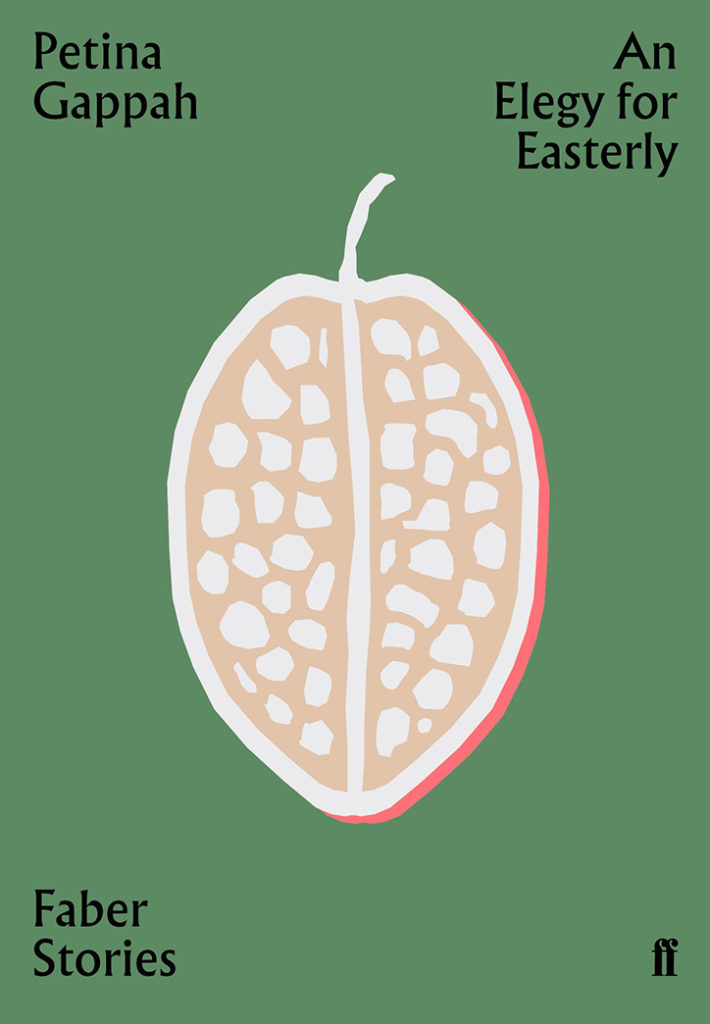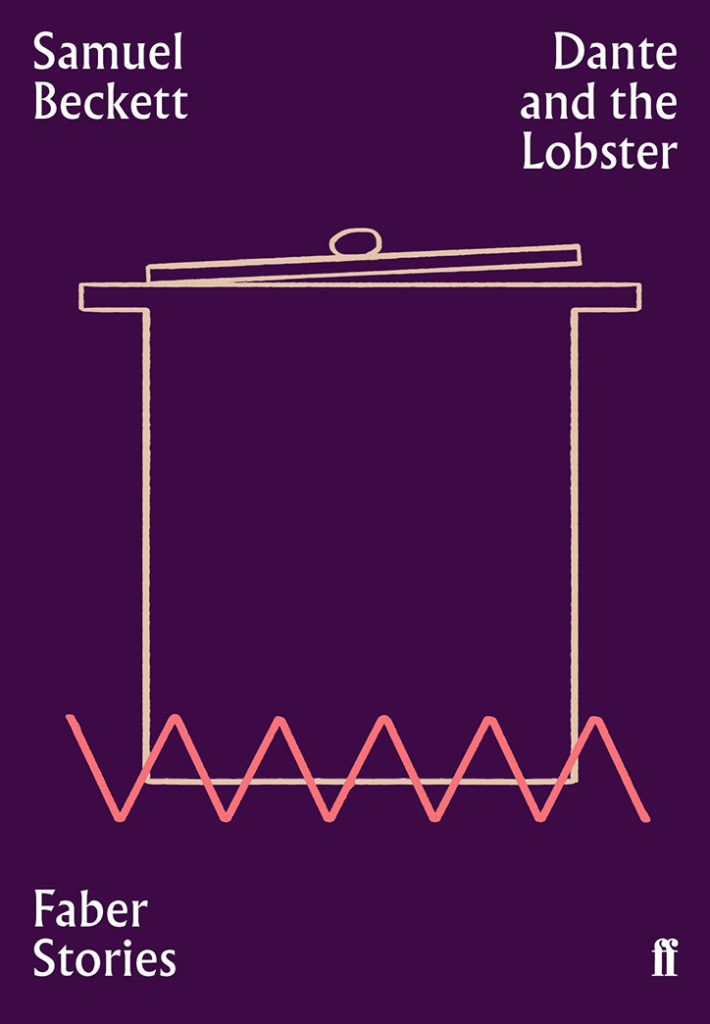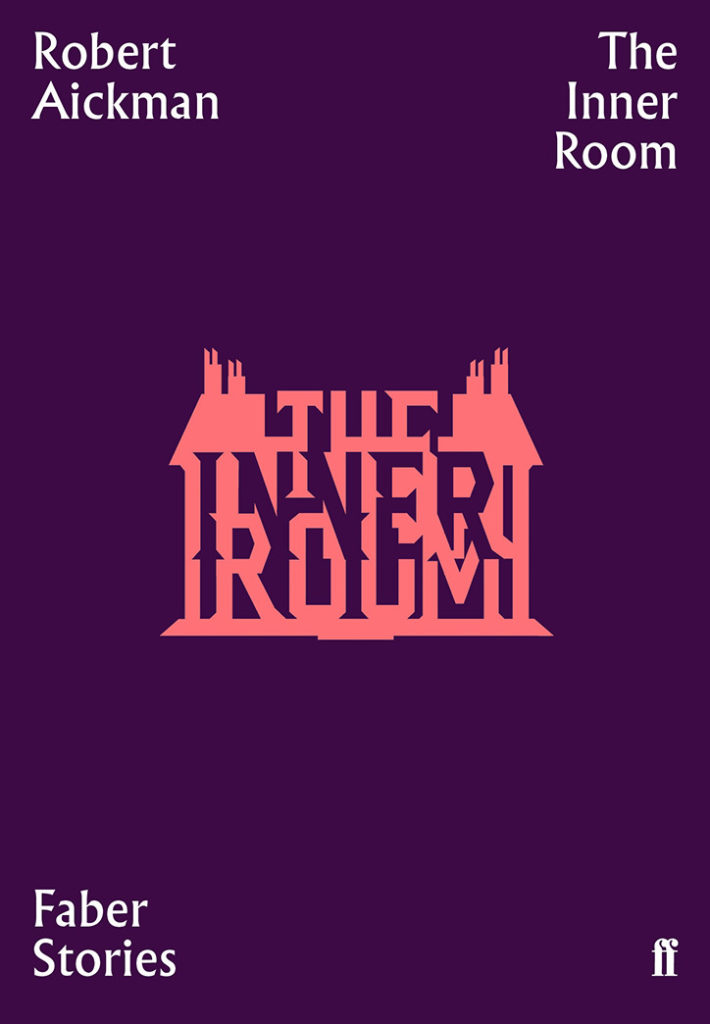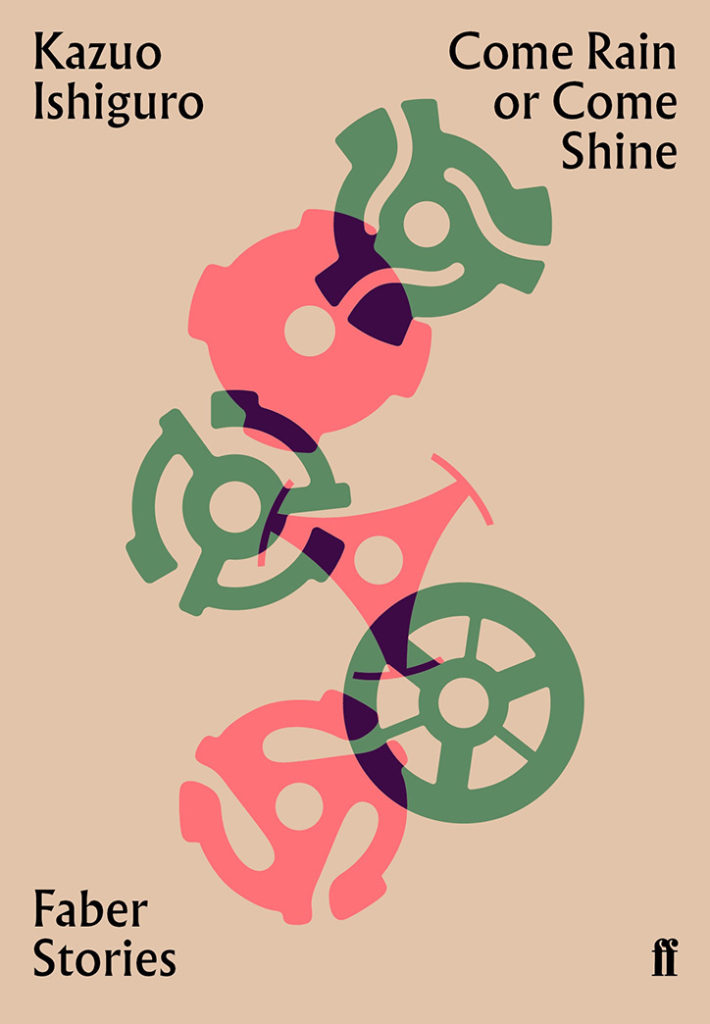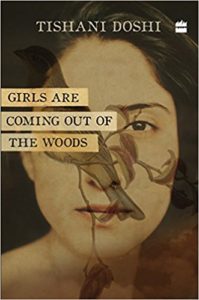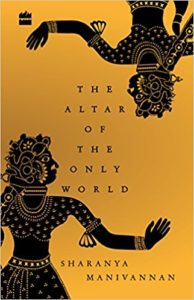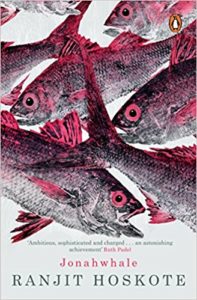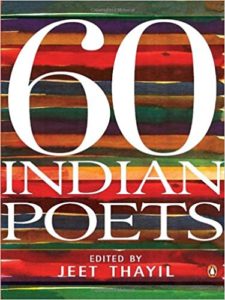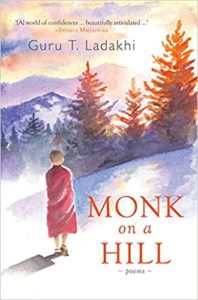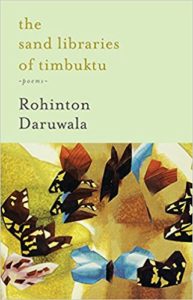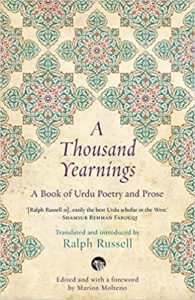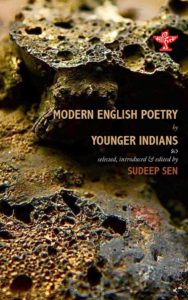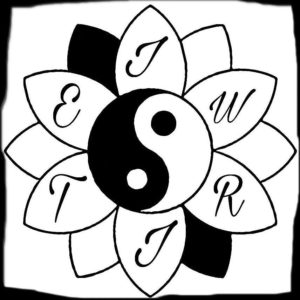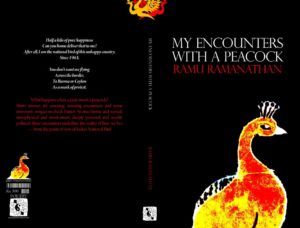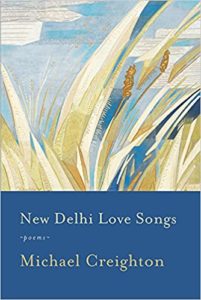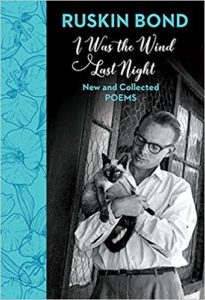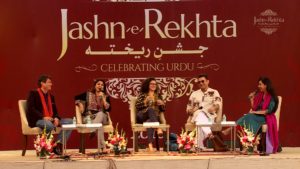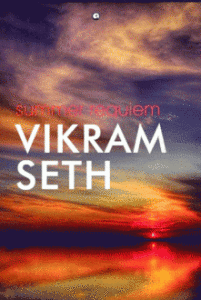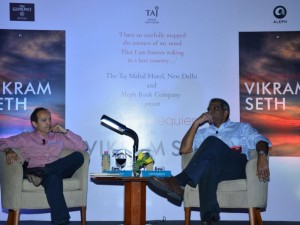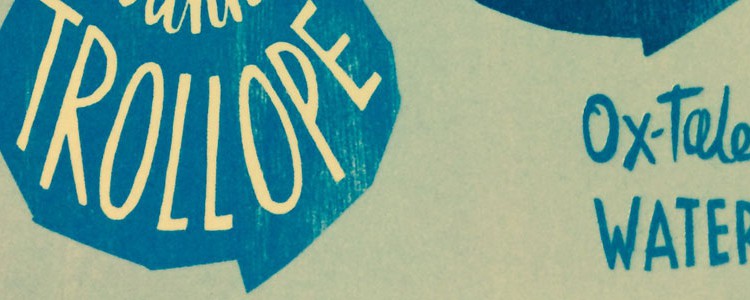“Faber & Faber: The Untold Story: by Toby Faber
The big firms say that they intend to retain the imprints of the small publishers they absorb. But I doubt if that ever works for long. You might retain the imprint, but you must inevitably lose the elusive character of the individual firm, compounded by its proprietor’s personality and taste.
Geoffrey Faber in The Publishers’ Circular and Booksellers’ Record, 12 August 1939
Faber & Faber: The Untold Story by Toby Faber, grandson of the founder, Geoffrey Faber is a fabulous account of a publishing firm that is synonymous with setting the gold standard in literary publishing, including poetry. Toby Faber details this history by mostly presenting edited excerpts of correspondence from the official archives of the firm and presumably some from his family such as the diaries of Geoffrey Faber and his personal correspondence. Toby Faber’s commentary in the opening pages of every chapter and occasionally between the reproduced correspondence helps contextualise the moment in history. Faber is responsible for launching/ closely associated with the careers of many prominent writers and poets such as Siegfried Sassoon, W. H. Auden, Louis MacNeice, Stephen Spender, Ezra Pound, Ted Hughes, Lawrence Durrell, Tom Stoppard, Samuel Beckett, Vikram Seth, Kazuo Ishiguro, William Golding, Wilson Harris, Sylvia Plath, Seamus Heaney, Barbara Kingsolver, Sebastian Barry, Gunter Grass, Harold Pinter, Mario Vargas Llosa, Milan Kundera, Peter Carey, DBC Pierre, Sally Rooney, and Anna Burns. Establishing the bedrock of this magnificent list of A-list authors can be attributed to Nobel laureate T. S. Eliot and the poet Walter de la Mare’s son, Richard, who were a part of Faber’s founding editorial team. They gave shape to the editorial policy of Faber & Faber and thus gave the publishing firm its distinctive identity of publishing excellent modern literature. Some of the other editors-at-large who joined the firm were musicians Pete Townshend of the WHO and Jarvis Cocker of Pulp.
In 2019 Faber is celebrating its ninetieth year. It was established on 1 April 1929 by Geoffrey Faber. Interestingly as this wonderful historical account describes, Faber & Faber arose like a phoenix from the ashes of Faber & Gwyer. A firm that had in turn been built by the distinguished lawyer, Maurice Gwyer* and Geoffrey Faber on the foundation laid by the Scientific Press, estd. 1880s. The Scientific Press had been established by Gwyer’s father-in-law, Sir Henry Burdett. This publishing business had been inherited by Sir Henry’s daughters, one of whom, Alsina, married Maurice Gwyer. Curiously or perhaps with some astute business sense, Geoffrey Faber persuaded the Maurice Gwyer to launch a magazine for nannies called The Nursing Mirror. Unfortunately as sometimes happens in businesses, the two partners fell out over what are keen strategies or sheer foolhardiness. Despite the steep learning curve Geoffrey Faber decided to reinvent himself and launch a new firm, Faber & Faber.
This ability to reinvent itself and respond to the changing times is embedded in the DNA of Faber & Faber. It is evident in the manner in which the firm took to publishing paperbacks although in principle for a long time remained a firm known for its hardback publications. It also at critical junctures of its history restructured itself and launched new firms such as Faber Music, Faber Academy, Faber Digital and Faber Factory. It also has a fine children’s literature list too. In the early years it also managed to “discover” new authors by encouraging T. S. Eliot to continue the publication of the literary journal Criterion. Later there was a fortuitous discovery in the slush pile of the manuscript originally called Strangers from Within submitted by William Golding, to be published as Lord of the Flies.
Faber & Faber is a superb history on how this publishing firm came to attain its legendary status. Extraordinarily it has retained its independence through its nine decades of existence. Toby Faber attributes this ability of the firm to hang on to its indepedence as being “lucky”. He says:
That repeated ‘luck’ points to something else: a publishing philosophy that, without ignoring commercial imperatives, has always focused on excellence and the long term, whether that applies to relationships with authors that last for decades, or to books that enter the literary canon. A philosophy like that can lead to books that continue selling; Faber’s backlist has given it the income as the core of its financial stability.
Philosophy alone, however, is not enough. It needs to be allied in good editorial taste.
Of course there have been extremely tense moments about Faber & Faber’s survival. In some particularly gloomy years the royalties earned from the musical adaption of T.S. Eliot’s poem Cats by Andrew Lloyd Weber kept the firm afloat. There have been conversations about mergers but ultimately the directors have steered Faber & Faber firmly to an even stronger footing. One of the notable moments in its history was when the widow of T. S. Eliot decided to support the firm. So while the Faber family holds a fifty percent stake in the company, Valerie Eliot joined the firm as a “sympathetic shareholder”.
Faber & Faber is known for its enviable stable of authors. Apart from those already mentioned, since 1990, Faber authors have won more Nobel prizes, the Man Booker, the Costa awards etc. While the book is a glowing account of a fiercely independent firm there are also moments of regrets such as losing out on publishing James Joyce and George Orwell. At times this history reads like an old boys publishing club that did occasionally publish women — Anna Burns was their first woman writer to win the Man Booker Prize in 2018. As Toby Faber points out that this win “itself [was] an indication of the firm having travelled a very necessary distance from the chauvinistic 1980s. The same could be said of Barbara Kingsolver’s victory in the Orange Prize for Women’s Fiction in 2010”. Be that at it may, Faber’s list is fantastic and makes every author proud to be a part of it. A testament to this is an excerpt of the correspondence between Indian author Vikram Seth and the then Managing Director Matthew Evans.
Author Vikram Seth to Matthew Evans, 28 May 1985
After we had lunch yesterday, it struck me that you would be a good person to send my novel in verse to. If you like The Golden Gate, you might want to do a British edition — and even if that doesn’t happen, reading it might somewhat increase your affection for a city that is — I promise — far from dreary and provincial.
I’ve told Anne Freedgood at Random House — who tells me that TCG is out at a few British houses — thatI’d like to send it to you, and she says that’s fine. ( She showed it briefly to Robert McCrum, but when he offered to consider it only for the poetry list, she refused. The book is fiction, and to put it on a poetry list would be to kill it.) [. . . ]
The book is due out in February 1986, and I can think of nothing more pleasurable than to appear simultaneously on the fiction lists of the British and American houses I most respect.
To read some more excerpts from the book, here is a link to the Guardian. To commemorate 90 years a fabulous collection of 90 short stories have been released.
Faber & Faber: The Untold Story is a wonderful, wonderful history of an iconic publishing firm.
14 June 2019
*Sir Maurice Linford Gwyer, GCIE, KCB, KCSI, KC (25 April 1878 – 12 October 1952) was a British lawyer, judge, and academic administrator. He served as Vice-Chancellor of Delhi University from 1938 to 1950, and Chief Justice of India from 1937 to 1943). He is credited with having founded the prestigious college Miranda House in 1948 in Delhi, India. Gwyer Hall, the oldest men residence for the university students is named after him. ( Source: Wikipedia )
Note: All pictures used in the gallery are off Twitter. I do not own the copyright.

